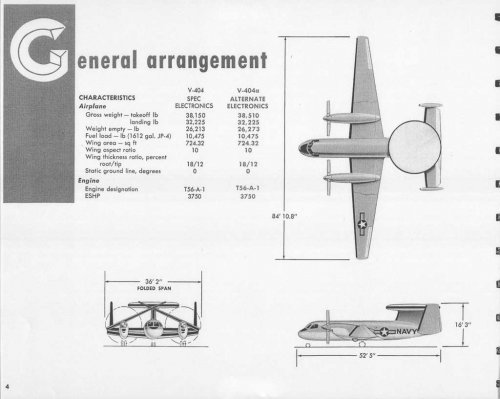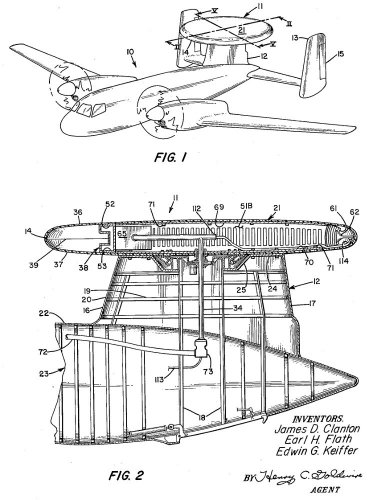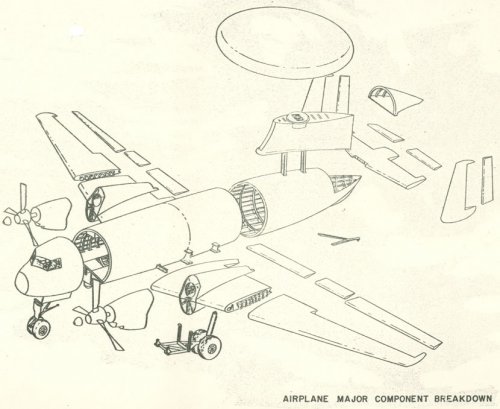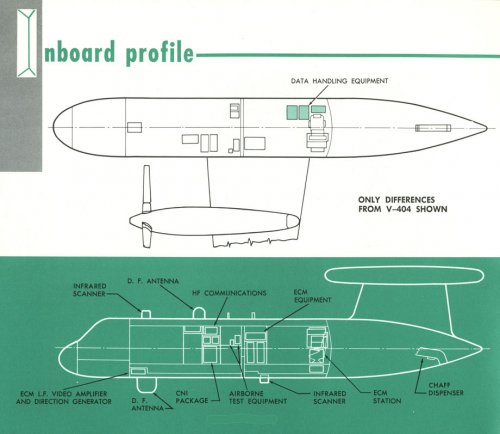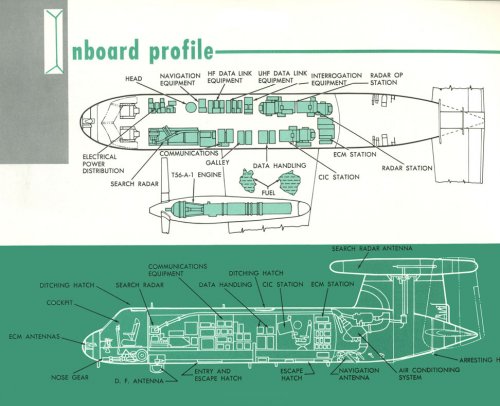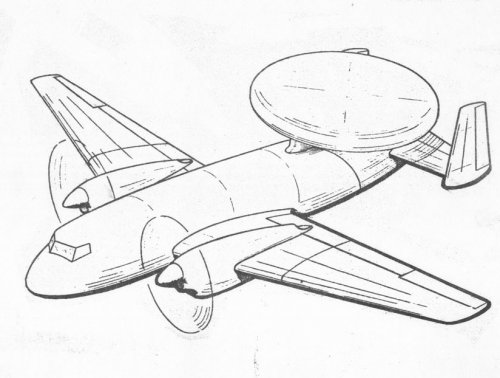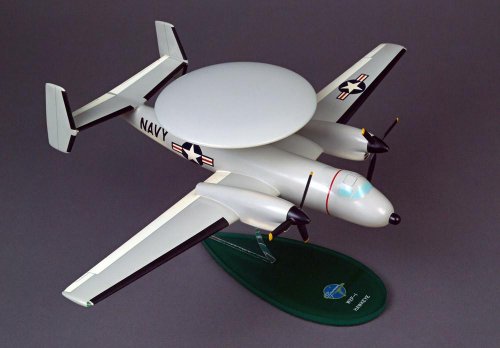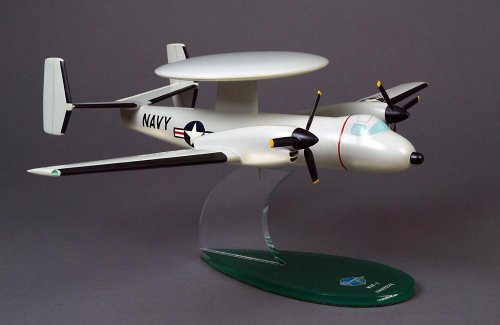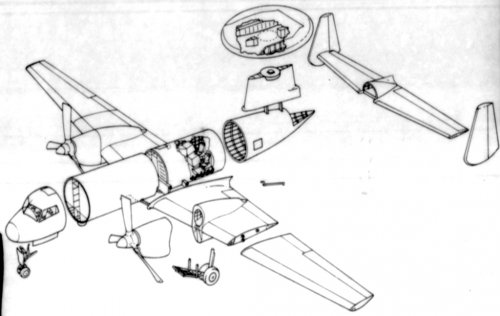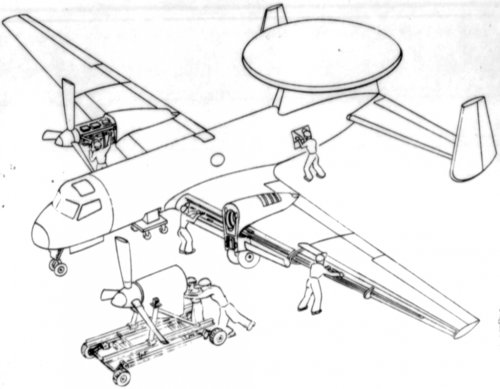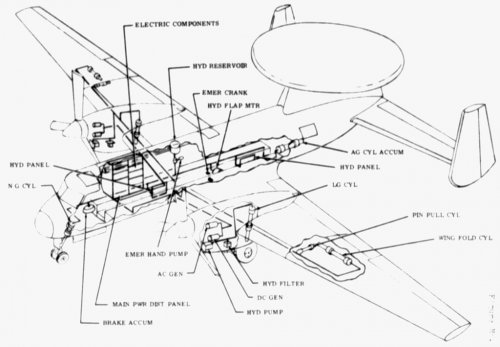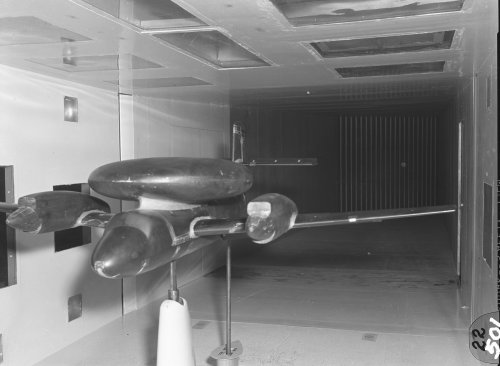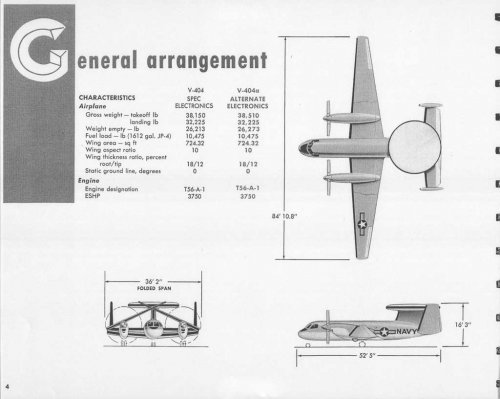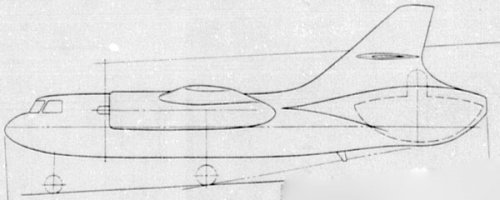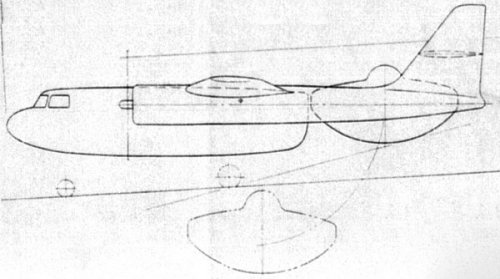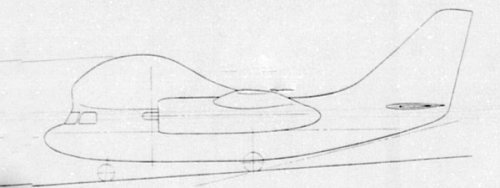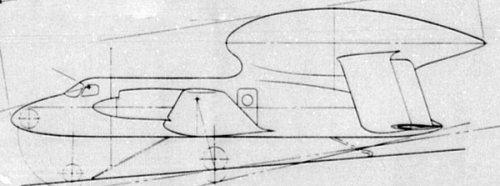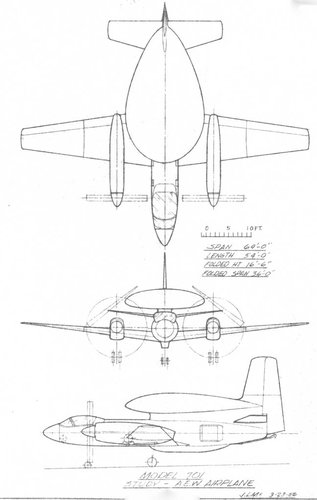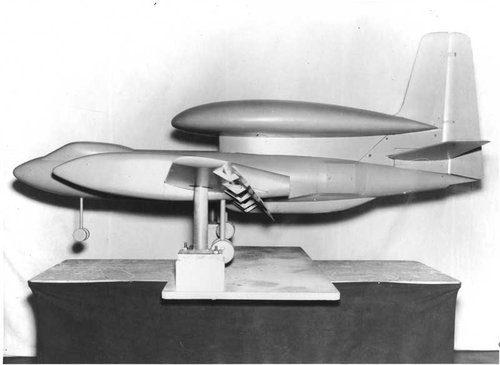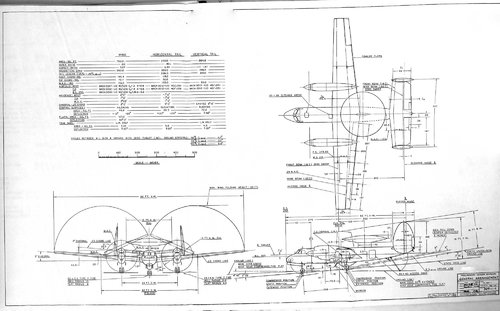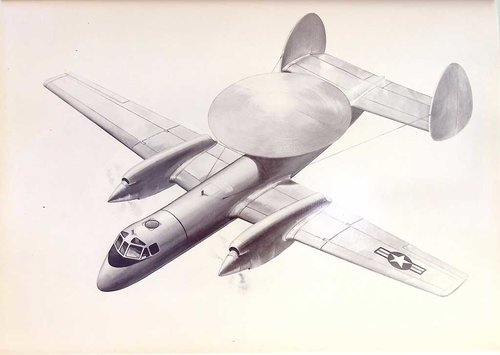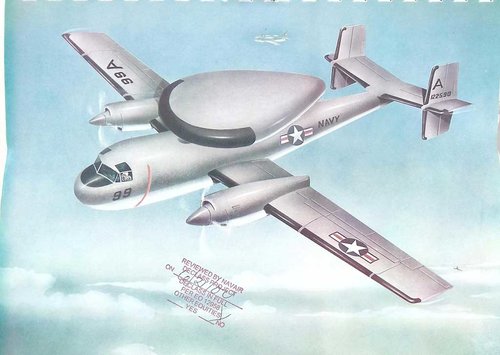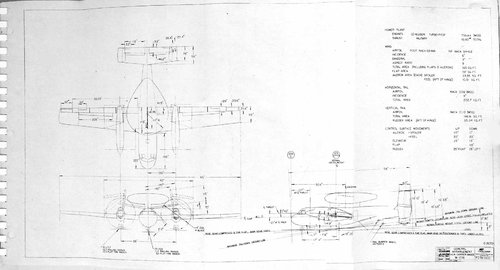According to the oral history of George Spangenberg, who had just become Director of BuAer's Evaluation Division at the time, Vought had the better proposal in the competition "won" by Grumman with what became the E-2. It was the second time that Grumman took an AEW contract away from Vought (the first was the WF instead of the WU). The following is an excerpt from http://www.georgespangenberg.com/dadsbio.htm:
(The E-2) started as a W2F. It was the only competition that I was involved in that I thought was dishonest. The winner didn't win. Vought won the competition. It was a replacement of course for the WF-2. Bigger radar, whatnot. Vought came up with the idea of the retarded wave antenna which allowed a thinner radome, much thinner than the WF-2. The Vought arrangement had the radome light enough that they could locate it at the tail of the airplane so it looked strange. But all the wind tunnel tests were excellent. The performance was excellent. The weight, cost, flying qualities, everything. They won the competition. The original Grumman entry was a conventional radome with the dish rotating within it. In those days we wrote a memorandum winding up a competition, signed by our Assistant Chief to the Chief and via all the other Assistant Chiefs. There had been agreement. "Okay, Vought won, we're going to go ahead", and that's what the memo said.
I went on vacation and while I was in Hartford with my family, I picked up the paper and lo and behold the Navy announced Grumman was the winner. I came back after the vacation to find out what had happened? Why? And it turned out that the head of the production division said Grumman is running out of fighters, the F9Fs were through. They were too far away from the A2F to be satisfied with its production. So he said Grumman needs the work and they ought to get it. The total Navy buy at the time was something that was programmed at seventy airplanes. Well, from my standpoint I didn't see that the Grumman production problem was going to be solved by the E-2 by any means, what they were looking for then was hundreds of airplanes.
I was very, very upset because I thought we had a system that worked and it worked because we were honest and this I thought was dishonest. I pointed out to my boss, Mr. Frisbie, who apparently had gone along with this thing because the Chief, or the Assistant Chief or somebody said to. I think Adm. Schoech was the one that backed down. He was our Assistant Chief at the time.
When I got back (from vacation) I got told to go pick up my memo. I said, "You've got a signed and approved memo that's in the system and here you're giving the contract to another guy." So I got told to go pick the memo up and I refused. I wouldn't have anything to do with it.
Schoech had signed it. So it had gone through the system and had been approved. Finally they got one of the further down the line guys at that time, Charlie Butt, who later became Head of the Proposals Branch. Charlie got told to go pick up the memos and destroy them. So Charlie went and picked them up but he didn't destroy them all.
It was done within the Navy but I thought it was dishonest because I said the least you can do is to say to Vought you won the competition and we'll pay you for your efforts or something like that. But for other reasons -- this was what we'd done on the PBB years before when again Vought had won the competition and they decided they needed another producer in the seaplane field but they announced that Vought was the winner, paid him for his proposal work, turned the work over to Boeing and then Boeing submitted another proposal that we eventually bought. And I thought they should do the same thing.
I wouldn't debrief (Vought). I wouldn't tell them why they lost and the word got around.
They knew they had won. The retarded wave antennae gave them such an aerodynamic advantage and no one else had it.
Eventually that technology went into the E-2. But that technology was in the Vought proposal, it was not in the Grumman proposal so Grumman redid their proposal eventually and picked up the Vought technology.
I think that the production chief's decision was wrong because it didn't solve the problem he was trying to solve and it screwed up our 100% record of being honest in my opinion. You'll find that I've written this in some of these presentations I've given. I thought that we had an honesty record that I called 98%. We lost a couple of percentage points because of the overturning of that decision. Other ones got overturned but we couldn't help it. The Bell X-22 got overturned outside the Navy. The PBB flying boat one was handled honestly. The F-111 I didn't count because it was Air Force management and it was overturned outside the Navy. I've got a letter still from I guess Detwiller, then at Vought, to Jim Russell saying what the hell do we do now? Do we still play the game? Do we get into the next competition? Are you going to tell us whether we have a chance and so on?
Vought ended up in deep trouble. The F8U-3 was being cancelled. The Regulus program was being cancelled and one other thing down there. Anyway, they were really in more trouble than Grumman.

